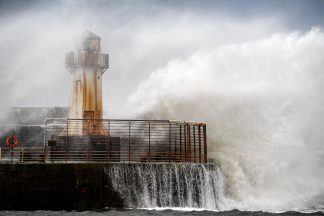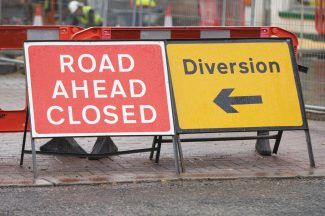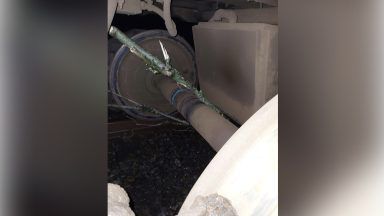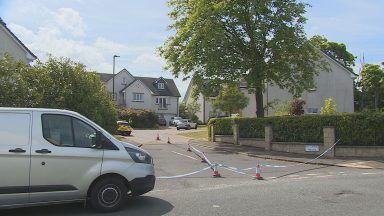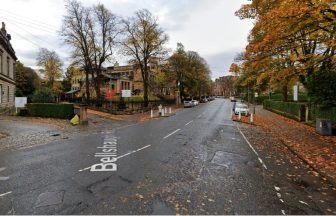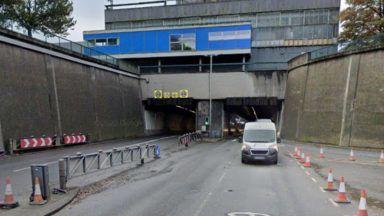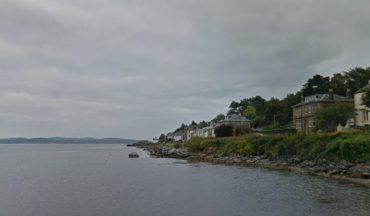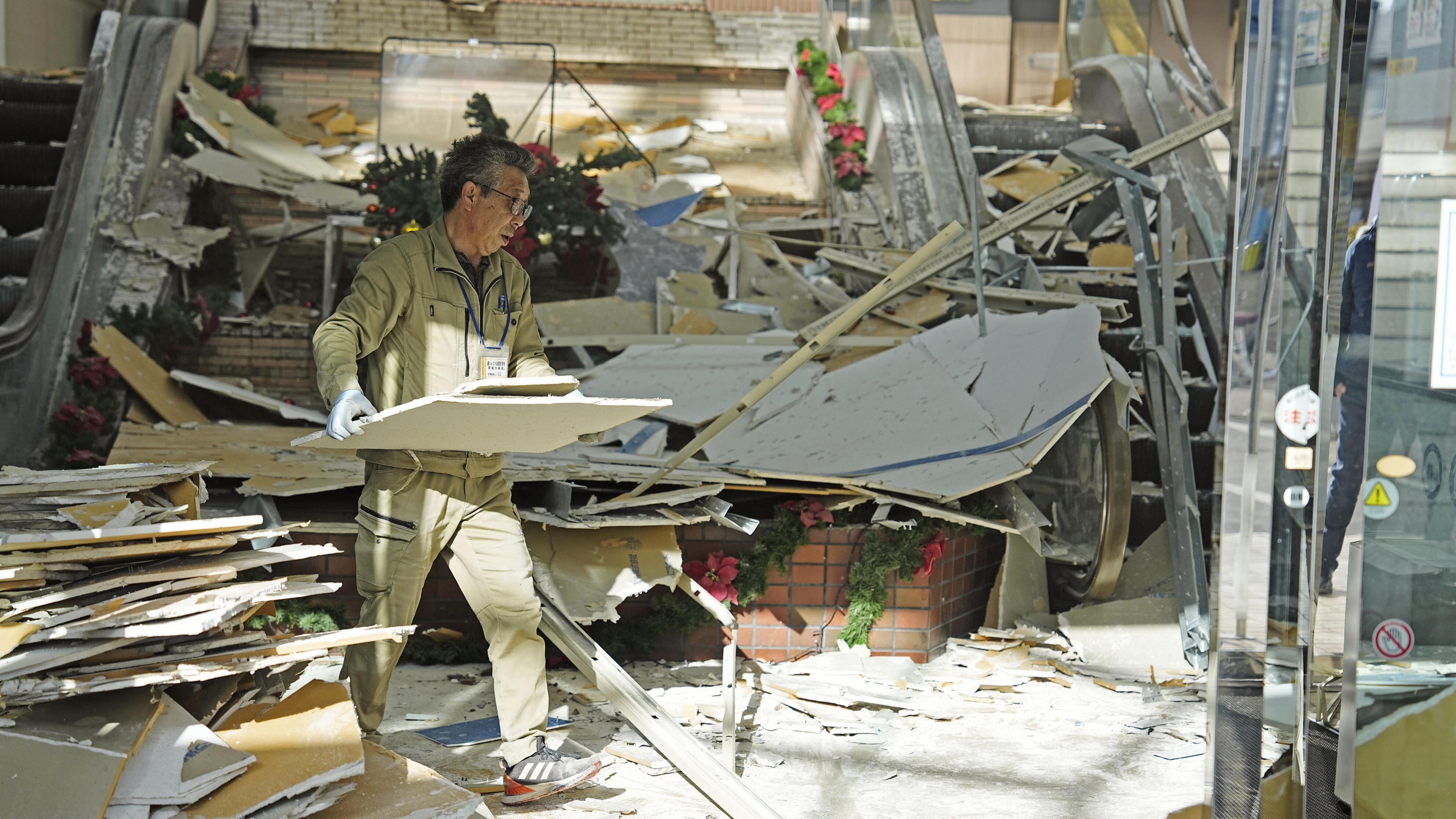Schools across South Ayrshire were among the first to be checked for potentially dangerous diseased ash trees, a report has revealed.
South Ayrshire Council cabinet were given the assurance as they signed off on a £7m plan to deal with Ash Dieback, a fungal disease that can endanger the public by causing branches to fall and the trees to potentially collapse.
Almost 7,000 ash trees were identified by the council as showing signs of Ash Dieback and are likely to require chopping down under health and safety guidance.
While the ash population will be decimated, there is a hope that the trees that survive the disease will provide the catalyst for future replanting which is resistant to Ash Dieback.
However, there is no quick fix, as the cabinet heard that ongoing assessments and felling of trees would take place over a seven year period, while the impact of the replanting would not be seen for 10 to 15 years.
SAC’s grounds maintenance co-ordinator, Fiona Ross, said that the disease posed a risk to public safety and would have a ‘significant impact’ on the economy, the biodiversity and the landscape of South Ayrshire.
She added that all school properties had been assessed and that the council had ‘managed all the trees within those locations’ during the school holidays.
Ms Ross told the cabinet that SAC is one of the first Scottish councils to complete surveys of the trees it is responsible for, with the assessment discovering almost 7,000 trees showing signs of the disease, although not all of those fell under council responsibility.
Almost 2,200 have been categorised as at most risk and are in such poor condition that they cannot be climbed to be felled.
Instead, Ms Ross said, the council will have to provide a platform or other mechanical means to take the trees down, at a greater cost than it would have been if the trees were accessible by climbing.
The report made it clear that the costs, estimated at around £7m, covering annual surveys, felling and replanting, need central government funding and calls on councillors to agree to lobby Cosla on the matter.
Council leader Martin Dowey asked whether the council anticipated any funding from the Scottish Government.
Ms Ross said: “Based on the experience of England, going to say it is highly unlikely.
“The current situation in England is that all local authorities have had to find funds themselves.
“Central government did not assist. The Scottish Government actually reached out to every local authority to highlight the risk.
“I would like to think there would be support but I am not hopeful of that support.”
Councillor Bob Pollock said it was ‘absolutely right’ that either the UK or Scottish Government should provide funding. He also pointed out there was a scheme in England that could be accessed for financial support.
While this provides no money for felling ash with ash dieback, it can help with other costs associated with felling roadside ash, such as road closure costs.
Cllr Pollock asked whether there was a similar scheme in Scotland.
Ms Ross said she wasn’t aware of any.
Cllr Pollock said that providing that support ‘should be the minimum’ expected from central government.
Ms Ross pointed out the scale of the problem facing Scotland.
She said; “Edinburgh and Glasgow are two of the biggest authorities in Scotland and they are anticipating costs and are, ultimately, looking at around £70m to £80m.
“We are not talking small amounts. It is significant. When put across all of the local authorities, the Scottish Government has a task.”
Cllr Pollock also pointed out that it wasn’t only a concern for the council, with a major impact on private landowners who will also be required to bear the burden of removing diseased trees on their land.
Ms Ross admitted that some landowners were likely to be ‘resistant’ to paying out to remove the trees. However, she said there would be legal routes to enforce the scheme.
Follow STV News on WhatsApp
Scan the QR code on your mobile device for all the latest news from around the country


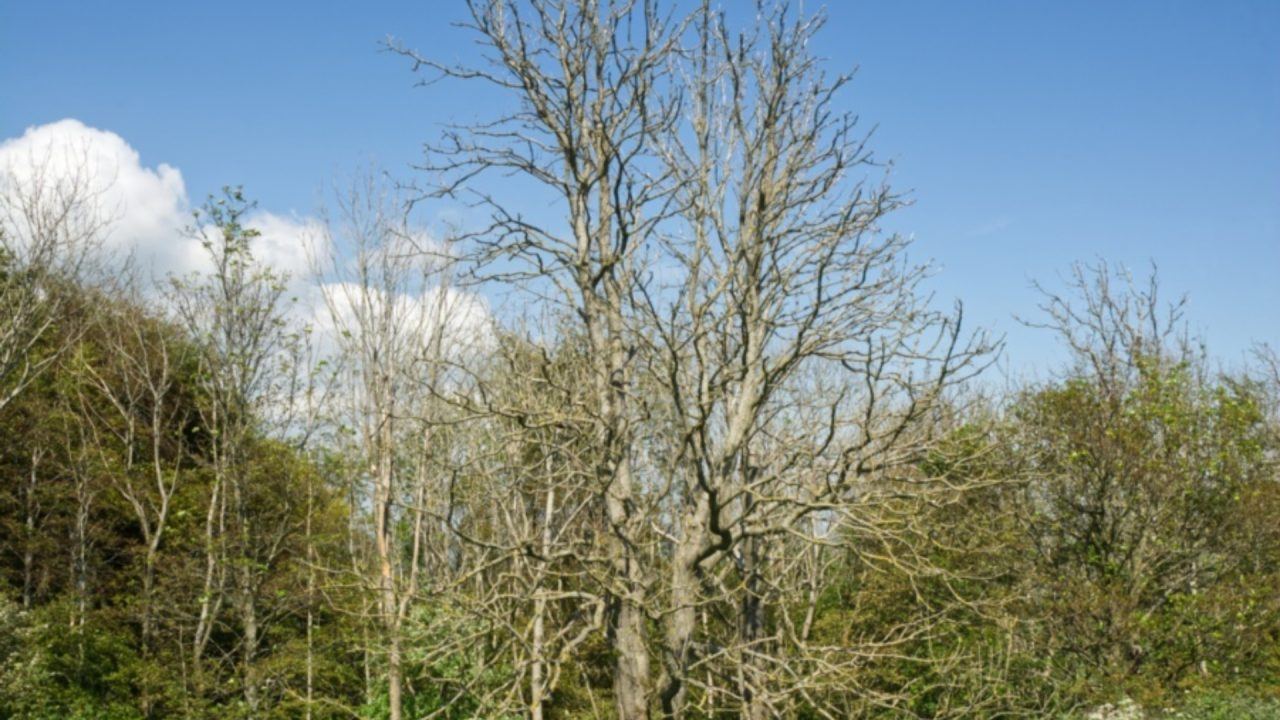 LDRS
LDRS






